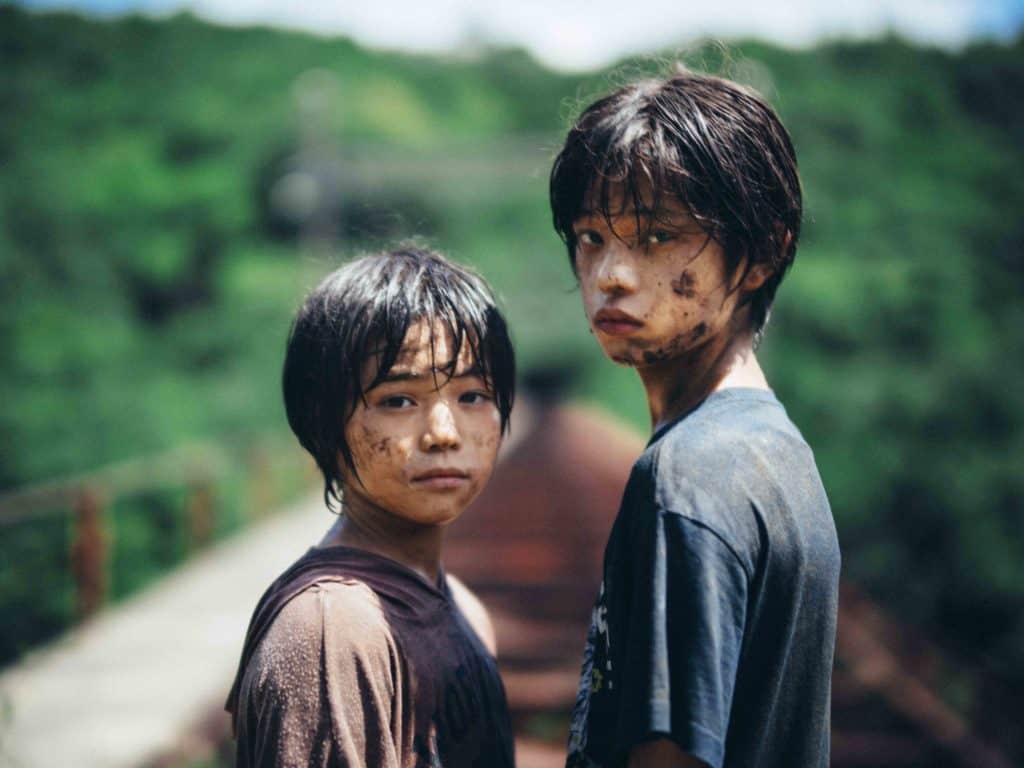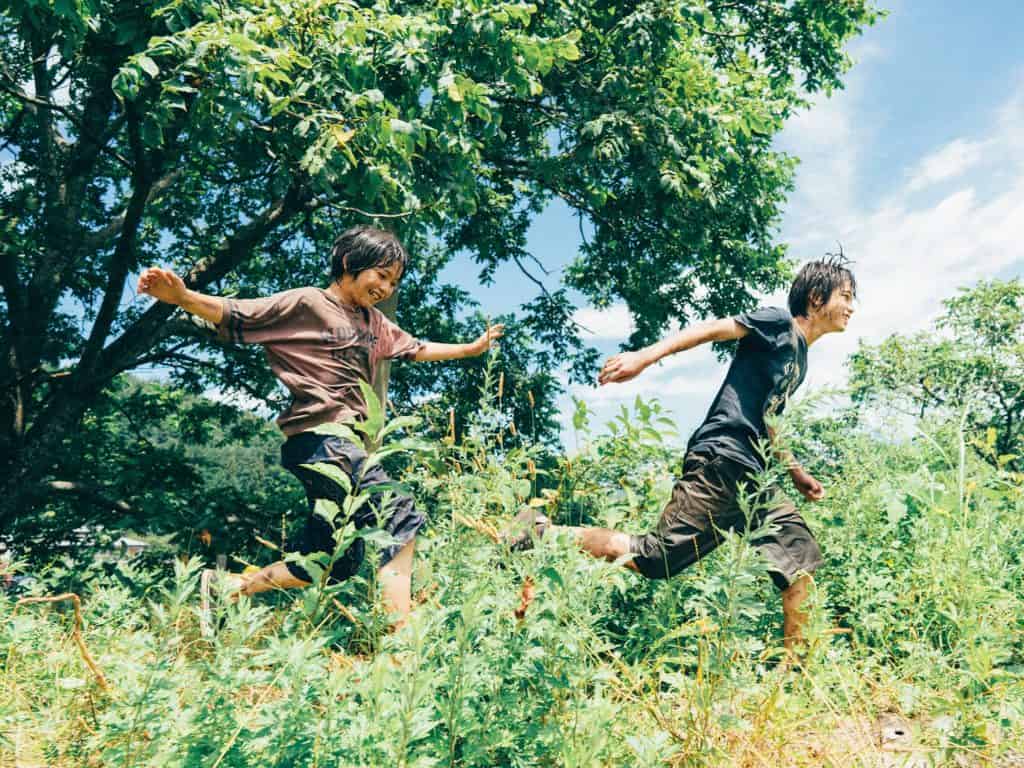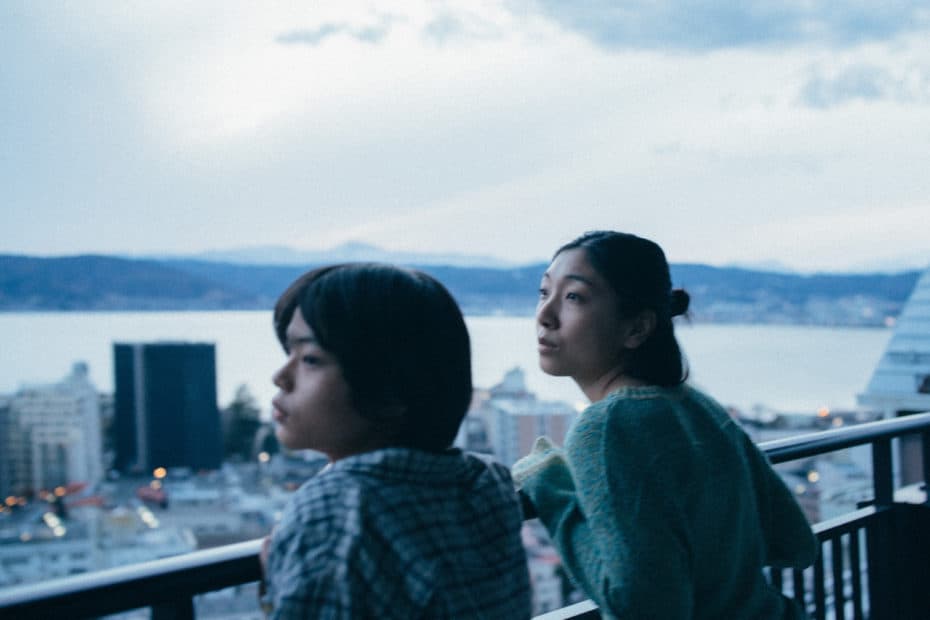Hirokazu Kore-Eda is one of many, many staple directors at the Cannes Film Festival. After last year’s insufferable tearjerker Broker, he returned this year with Monster (Kaibutsu). When her young son Minato starts to behave strangely, his mother Saori feels that there is something wrong. Discovering that a teacher is responsible, she storms into the school, demanding to know what’s going on. But as the story unfolds through the eyes of the mother, teacher and child, the truth gradually emerges. This synopsis is a fairly accurate account of the plot. The story is divulged in stages from three different angles. More about that later.
My main problem with the director in recent years is his proneness for the sentimental angle. In Monster, that tendency is partly kept in check during the first half of the film. Initially, there is a mysterious feeling when we don’t have the full context. Once the film is over, the whole story is tied up in a neat little bow. Talking about a different kind of bow, one of the most bizarre moments in the film comes when Saori goes to the school to find someone responsible. Instead of serious answers, she becomes subject to a peculiar ceremonial event where the teacher bows in forgiveness. The bow in question actually amounts to little more than a Shit bow.

Monster: Password-Sakamoto
The shape of Monster largely depends on two persons called Sakamoto, one more famous than the other. The film’s score is by the world-famous composer and musician Ryuichi Sakamoto. It’s often effective but tends to swell towards the far emotional side in crucial scenes. Yuji SakamotIt’s the screenwriter who has penned a heartfelt and solid story, which basically does what it is supposed to do. The narrative structure of the film has elicited unexpected responses from critics. The go-to reference seems to be Kurosawa’s Rashômon (1951). This is more puzzling than the mildly fractured nature in either film. The sole similarity is that the events are generally told through three different perspectives.
If any critic feels he has done his job by pointing out something superficial, that speaks volumes about film criticism today. As everyone knows, Rashômon displays a trial where the individuals involved give their respective testimonies. Eventually, outsiders conclude that there is no way to find out what happened and that people can’t be trusted. The structure of Monster is not remotely close. The three perspectives give a full view of what occurred, and the spectator has a full grasp of everything when the film is over. For anyone wishing to draw parallels to other films, more obvious examples would be Béla Tarr’s Sátántangó (1994) or his slightly confused disciple Gus van Sant’s Last Days (2005).

Kore-Eda’s later output is a mere shadow of his former glory. A trait that he shares with many directors in this year’s competition. Monster is not a bad film, but too well-polished and easily forgotten.
